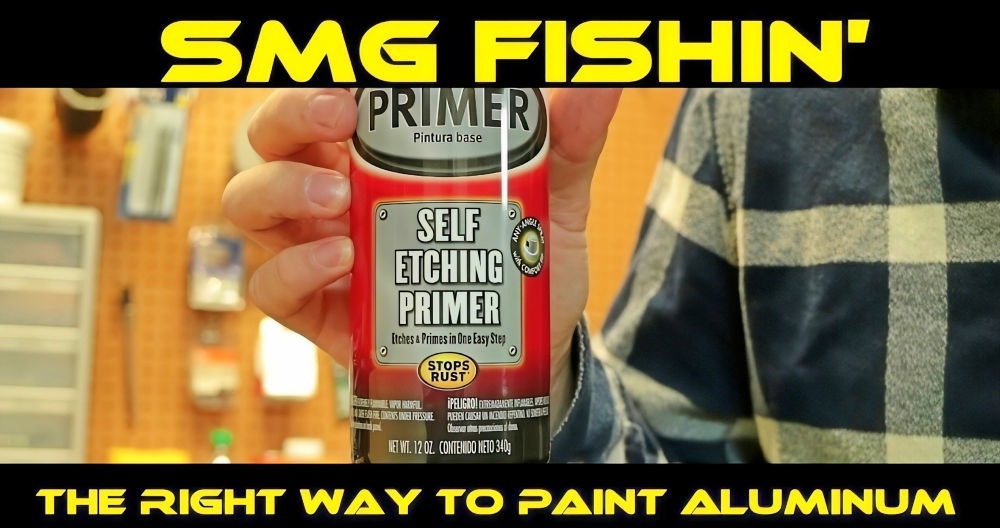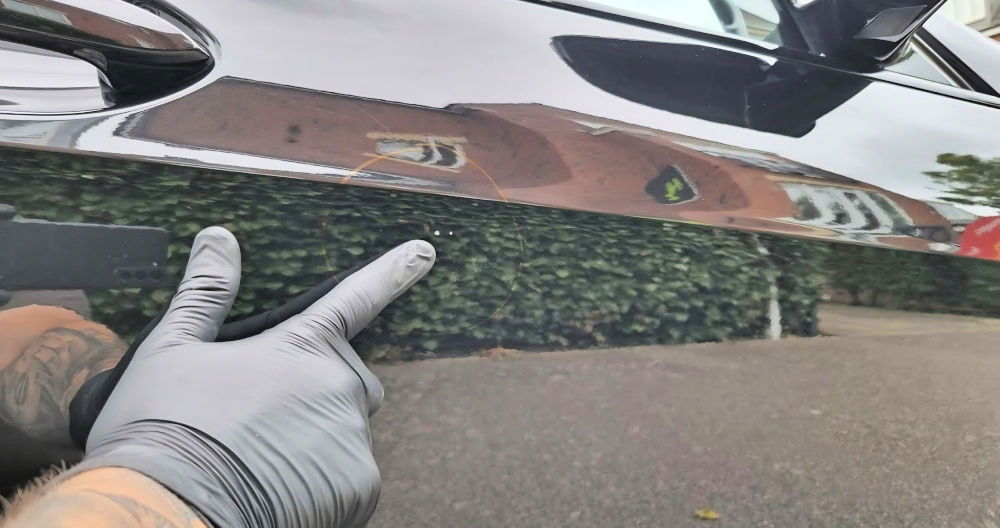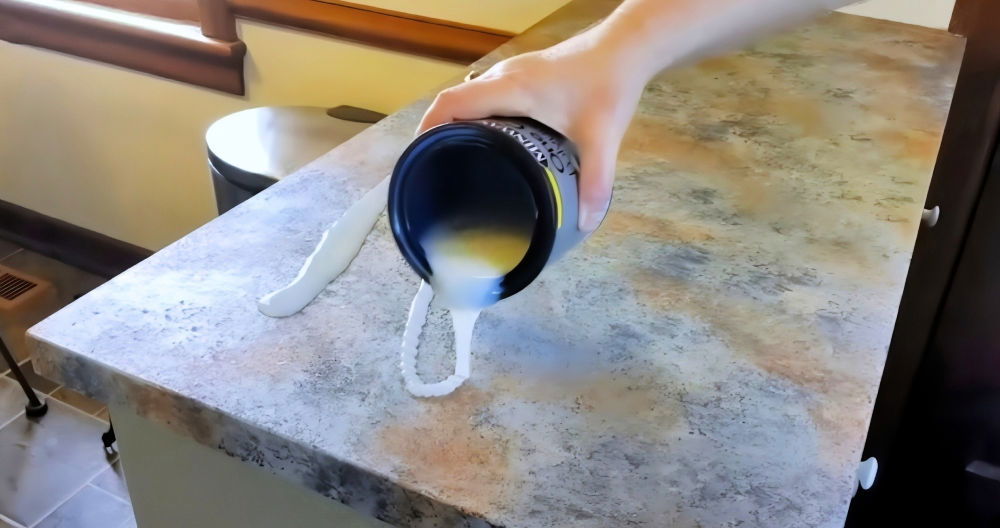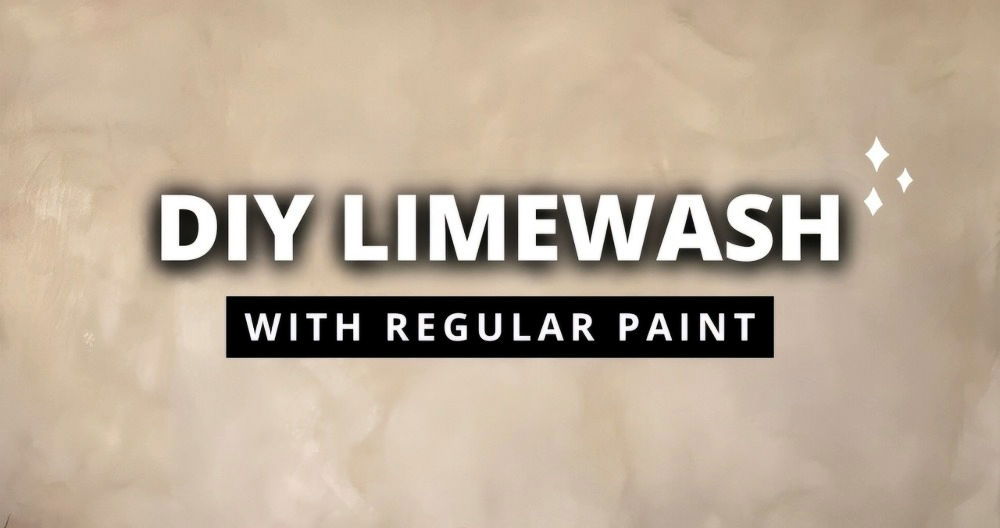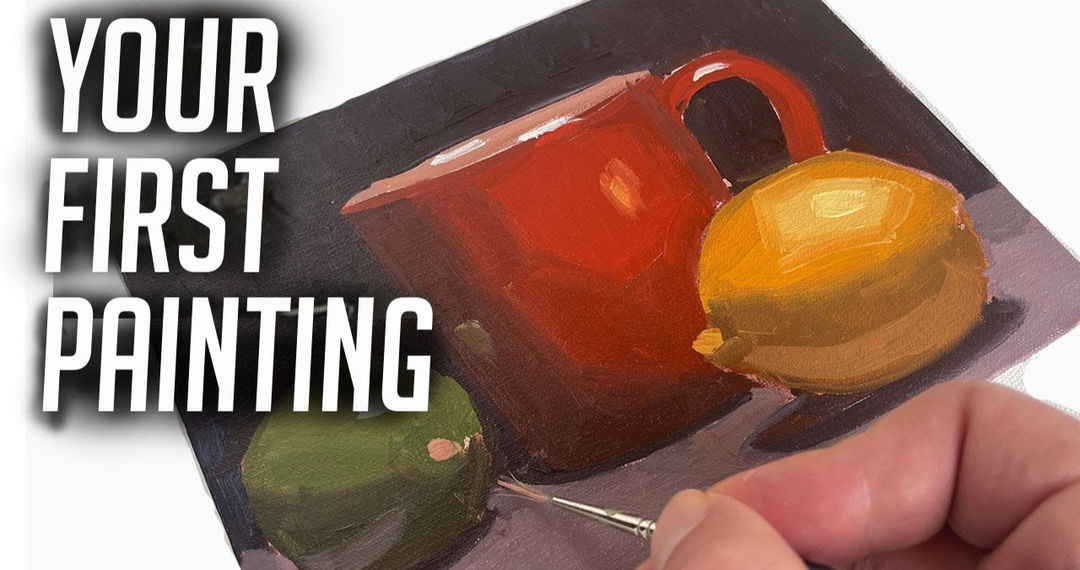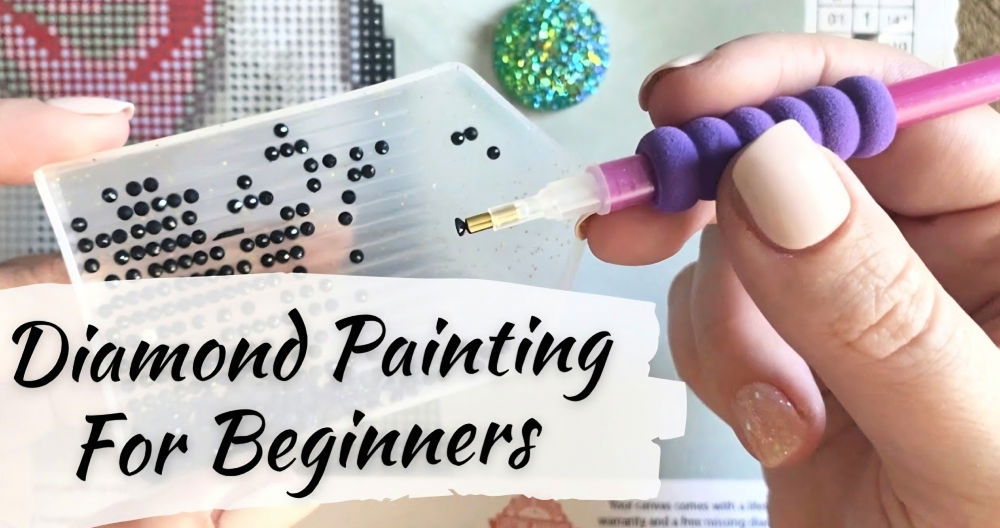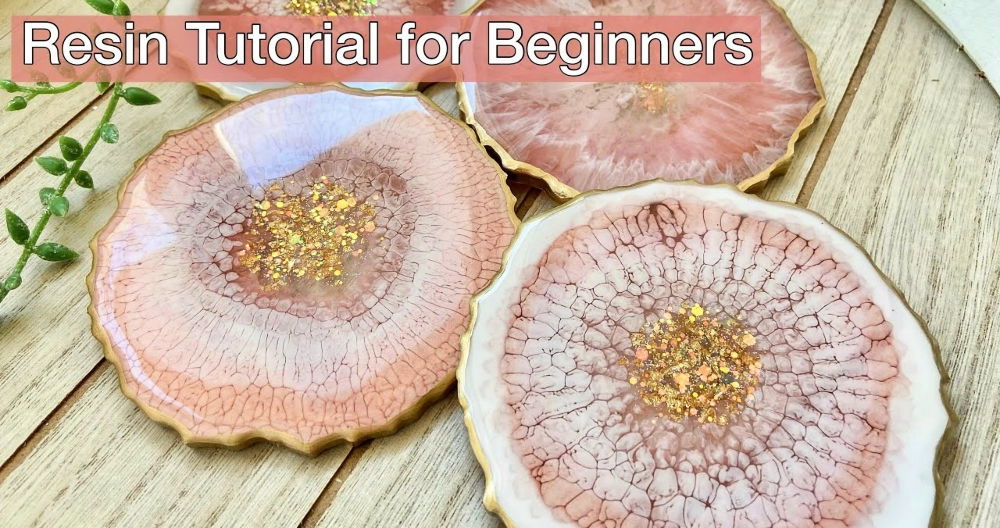Painting stucco can seem daunting, especially for beginners. With its textured surface and unique material properties, stucco requires special attention during preparation, painting, and finishing. Stucco, a popular finish for exterior walls, is a durable material that can add character to your home. However, painting it is more complex than painting standard walls due to its porous and textured nature. In this guide, I'll share a step-by-step process based on my experience and research on how to paint stucco effectively, ensuring a long-lasting and professional finish.
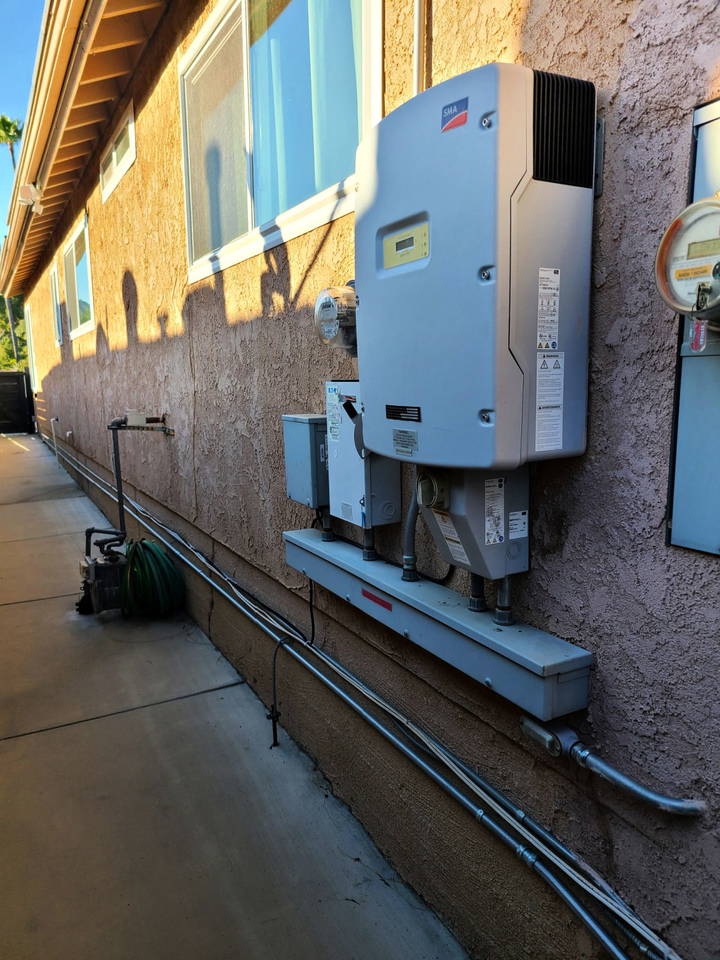
Understanding Stucco and Its Types
Stucco is a versatile material made from cement, sand, lime, and water. It's known for its durability, weather resistance, and ability to be applied in various textures, from smooth to rough. However, not all stucco is the same. There are two main types of stucco:
- Traditional Stucco: Made from cement, sand, and lime, traditional stucco is a hard and durable material. It is more prone to cracking but is generally more robust than synthetic stucco.
- Synthetic Stucco (EIFS): Exterior Insulation Finishing Systems (EIFS) is a lighter, more flexible type of stucco. It is less prone to cracking and maintains color longer but may not be as durable as traditional stucco.
Understanding the type of stucco on your home is essential for choosing the right products and techniques for painting.
Step 1: Inspect and Clean the Stucco Surface
Before you start painting, thoroughly inspect the stucco for any damage, such as cracks, crumbling sections, or signs of mildew. The condition of your stucco will determine the preparation steps you'll need to take.
Cleaning is a crucial step. Stucco surfaces can accumulate dirt, mildew, and other debris that can affect paint adhesion. Use a pressure washer with a rotating nozzle to clean the stucco surface. This tool helps to agitate and remove dirt efficiently. Be careful not to use too much pressure, as it can damage the stucco.
- If there's mildew, use a household cleaner designed to kill mildew. Ensure the stucco is completely dry after washing before moving to the next step.
Step 2: Repair Cracks and Damaged Areas
Stucco is prone to cracking, and these cracks need to be repaired before painting. The size and type of cracks will determine the best repair method.
- Small Cracks: Use a high-quality acrylic caulk to fill minor cracks. Ensure that you blend the caulk well with the surrounding surface to avoid visible repair lines. This can be done using a sponge or an old paintbrush.
- Larger Cracks: If you can fit a credit card into the crack, it's best to open it up and use a patching material that matches the texture of your stucco. Larger repairs might require a stucco patching kit, which will help blend the patch seamlessly with the rest of the wall.
Allow the repaired areas to dry thoroughly, typically waiting seven to ten days before proceeding with painting.
Step 3: Sand the Stucco (If Necessary)
If the stucco surface is rough or has loose, flaky areas, lightly sand it to create a smoother surface for painting. Be gentle to avoid damaging the stucco itself. This step helps ensure that the paint adheres well and results in a more uniform finish.
Step 4: Prime the Stucco
Priming stucco is essential, especially if the stucco has never been painted or has had significant repairs. The primer helps seal the stucco, preventing it from soaking up too much paint, which can lead to uneven coverage and wasted paint.
- Choosing the Right Primer: An acrylic masonry primer is a good choice for stucco. Products like DRYLOK Extreme Masonry Waterproofer can prime the stucco and create a waterproof barrier, which is beneficial in areas prone to moisture.
- Application: Use a paintbrush to cut in the edges around windows and doors, and then apply the primer to the larger areas with a roller that matches the texture of your stucco. For very textured stucco, a thick-nap roller or even a sprayer can be used to ensure thorough coverage.
Step 5: Choose the Right Paint
Selecting the right type of paint for stucco is critical. There are different opinions on what type of paint works best for stucco, but here are the most common options:
- Acrylic Latex Paint: A high-quality acrylic latex paint is often recommended for stucco because it offers good breathability, allowing moisture to escape, which helps prevent peeling and blistering. It's also flexible and can move with the stucco as it expands and contracts, reducing the likelihood of cracking.
- Elastomeric Paint: This type of paint is thicker and more flexible than acrylic paints, providing a waterproof barrier and filling small cracks. However, it is not breathable, which can lead to problems if moisture becomes trapped behind the paint. It also tends to fade faster than high-end acrylic paints. Elastomeric paint is ideal for stucco that needs extra protection, but it's not always necessary.
Step 6: Apply the Paint
Painting stucco is not like painting regular walls. The texture and porosity require special techniques to ensure full coverage.
- Spraying and Back Rolling: For best results, consider using a combination of spraying and back rolling. Spraying allows the paint to get into all the crevices and texture of the stucco, while back rolling helps work the paint into the surface and improves adhesion. This method is particularly effective for highly textured stucco.
- Rolling: If you don't have access to a sprayer, using a thick-nap roller designed for rough surfaces can work well. Make sure to load the roller with plenty of paint and apply it in a consistent, overlapping manner to avoid lines and missed spots.
For best results, apply two coats of paint, allowing sufficient drying time between coats. This ensures better coverage and a more durable finish.
Step 7: Let the Paint Dry Completely
After applying the final coat of paint, allow it to dry completely. Drying times can vary depending on the type of paint used, weather conditions, and the condition of the stucco. Generally, it is a good idea to wait at least 24 hours before exposing the newly painted surface to heavy use or adverse weather conditions.
Tips for a Successful Stucco Painting Project
- Understand Your Climate: Your local climate will affect how your stucco performs and the best paint to use. For instance, in wetter climates, using paint that offers good water resistance is crucial.
- Safety First: When using a pressure washer or sprayer, always wear appropriate safety gear, such as goggles and gloves. If working on tall structures, ensure that ladders or scaffolding are stable and secure.
- Work Methodically: Stucco painting is a time-consuming process. It requires patience and careful attention to detail, especially when dealing with cracks and crevices. Take your time to ensure thorough coverage and a professional-looking finish.
Conclusion
Painting stucco is a project that many DIYers can handle with the right preparation, tools, and knowledge. By understanding the type of stucco on your home, preparing the surface properly, choosing the right products, and applying them correctly, you can achieve a beautiful, long-lasting finish that enhances your home's curb appeal and value. While it does take time and effort, the results can be well worth it, especially when you stand back and admire your freshly painted stucco home.
FAQ: Painting Stucco
Discover expert tips on painting stucco surfaces efficiently. Learn prep steps, best paints, and techniques for a flawless finish.
What is the best way to clean stucco before painting?
Use a pressure washer with a rotating nozzle to thoroughly clean stucco. This removes dirt, mildew, and debris. For mildew, apply a household cleaner designed to kill it. Ensure the stucco is completely dry before painting to avoid adhesion issues.
Can I paint synthetic stucco (EIFS) the same way as traditional stucco?
Yes, but with some differences. Synthetic stucco (EIFS) is softer and may require gentler cleaning and more breathable paint like high-quality acrylic. Traditional stucco is more durable and can handle thicker paints like elastomeric.
Is priming always necessary before painting stucco?
Priming is necessary if the stucco is new, unpainted, or has significant repairs. It helps seal the surface and improves paint adhesion. For previously painted stucco in good condition, a primer may not be needed if using elastomeric paint.
Should I use a roller or sprayer for painting stucco?
Both can be effective. A sprayer is faster and covers textured surfaces well, but back rolling after spraying ensures good adhesion. If using a roller, choose one with a thick nap to cover the stucco's uneven surface effectively.
Can I use regular exterior paint on stucco?
Yes, high-quality exterior acrylic latex paint works well for stucco, providing breathability and flexibility. It is suitable for climates where moisture management is essential. Elastomeric paint offers more durability but less breathability.
How do I handle efflorescence on stucco before painting?
Efflorescence, a white powdery deposit, needs to be removed for proper paint adhesion. Use products like DRYLOK Etch or a vinegar solution. Wet the surface, apply the product, scrub, and rinse thoroughly before painting.
What should I do if the stucco has been painted with elastomeric coating?
If the stucco is coated with elastomeric paint, use the same type for re-painting, as other coatings may not adhere well. Elastomeric coatings are flexible but may require more frequent repainting due to fading.
How long should I wait between coats when painting stucco?
Wait for the first coat to dry completely, typically 24 hours, before applying a second coat. Drying time can vary based on climate conditions and paint type. Follow the manufacturer's guidelines for best results.
How do I paint stucco on a two-story home?
Use a ladder or scaffolding for safety. Ensure it is stable, and always have a partner if possible. A paint sprayer with an extension can help reach higher areas. Alternatively, use a roller with an extension pole.
What types of cracks can I fill before painting stucco?
For hairline cracks, use acrylic caulk and blend it in with the stucco texture. For larger cracks, use a stucco patching kit that matches the stucco's texture. Allow repairs to dry completely before painting.



